Dom Pérignon
Represented by Daniel Carvajal Pérez
Perhaps the most famous Champagne in the world, Dom Pérignon was launched by Moët & Chandon as a prestige cuvée in 1936, with the 1921 being the first vintage to be released. In fact, there had been a previous, private release of a 1926 for one of Moët’s English clients, Simon Brothers & Co, but this was solely intended to be a private commission of 300 bottles for Simon Brothers’s centenary celebrations in 1935. Due to the publicity and demand that this one-off cuvée had generated, Moët offered the 1921 vintage the following year under a newly-created brand, named for the legendary cellarmaster of the abbey in Hautvillers.
The inaugural 1921 Dom Pérignon was an identical wine to Moët’s 1921 vintage Champagne due to the fact that this cuvée hadn’t even been conceived of until 1936. However, it was released in an old-fashioned replica of an 18th-century bottle, and this same distinctive shape is still used today. After the 1921, the follow-up releases of 1928, 1929 and 1934 were also Moët vintage wines, transferred to the special bottles via transversage, and the 1943 was the first Dom Pérignon to actually be fermented inside its own bottle.
Today, Dom Pérignon is a separate brand within the LVMH portfolio, possessing a distinct identity that is kept separate from that of Moët & Chandon. Richard Geoffroy, Dom Pérignon’s longtime Chef de Cave, passed the reins to his sucessor Vincent Chaperon in 2019, following 13 years of close collaboration.
In general, Dom Pérignon is always made from the same core group of vineyards, located in nine villages: Chouilly, Cramant, Avize and Le Mesnil-sur-Oger for the Chardonnay, and Aÿ, Bouzy, Mailly, Verzenay and Hautvillers for the Pinot Noir.
A typical Dom Pérignon blend will include slightly more Chardonnay than Pinot Noir, although the exact blend will depend on the character of the vintage, and it’s even possible that certain vintages will contain a majority of pinot noir. “Just seeing the varietal makeup tells me a lot about the year,” says Geoffroy. “If I see 60 percent pinot noir, it means that this was not a normal vintage.”
In 1959, a rosé version of Dom Pérignon was made for the first time, but in extremely small quantities. Only 306 bottles ever left the cellars, served by the Shah of Iran in 1971 at the celebrations of the 2,500th anniversary of the founding of the Persian Empire by Cyrus the Great. The first commercially available vintage of Dom Pérignon Rosé was the 1962, released in 1970. It's a blended rosé, made with red wine from Aÿ and Bouzy—“maybe more Aÿ than Bouzy nowadays,” says Geoffroy—but it is not the same base blend that is used for the blanc. “Dom Pérignon Rosé is not the pink version of the wine,” he says. “We tend to have fewer components in the rosé blend, but the balance is the same. Chardonnay contributes a lot to the balance—it can be 60 percent pinot noir, but chardonnay has a large role to play.”
Dom Pérignon’s Oenothèque series was introduced in 2000, as a way to provide older vintages to the market in impeccable condition. While these bottles are kept in the house’s cellars and disgorged much later than the regular release, it is not Geoffroy’s goal to promote the Oenothèque as a recently-disgorged version of Dom Pérignon, and all Oenothèque vintages are aged for at least an additional year after disgorgement.

